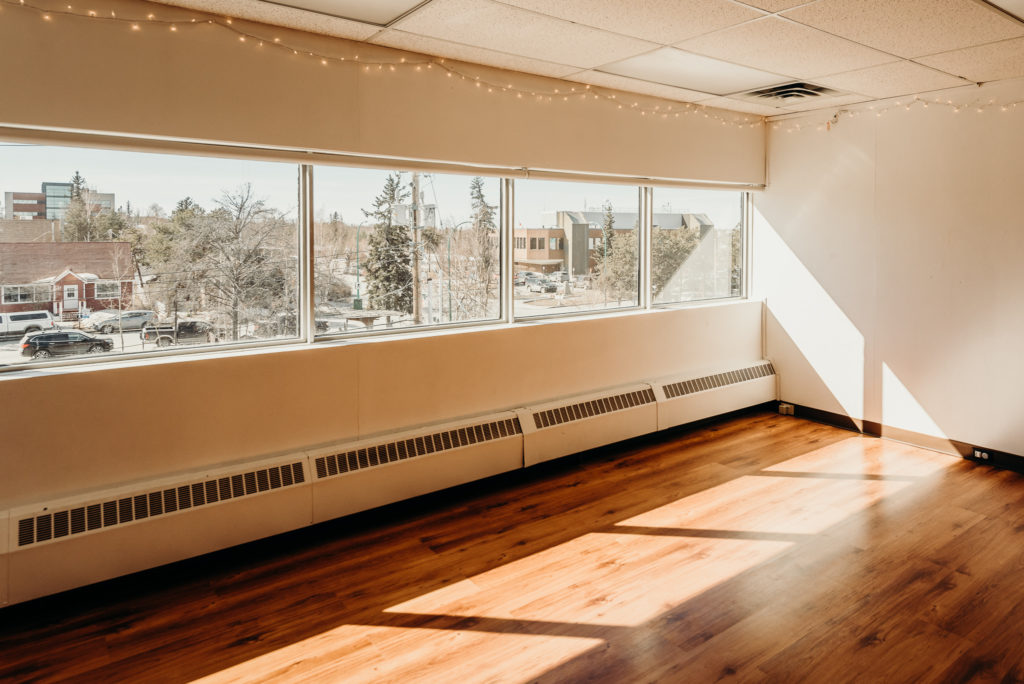This blog was edited May 18, 2018 to update some of the language used. My opinion on the psoas is evoloving and I no longer agree with everything I state in the video or in this blog…..however, I have not substantially altered this post. Hip strengthening over stretching is still bang on, the psoas is a complicated muscle involved in breathing, posture and more, and the release techniques mentioned are useful for the nervous system in general.
Let’s talk about hips. First an image.
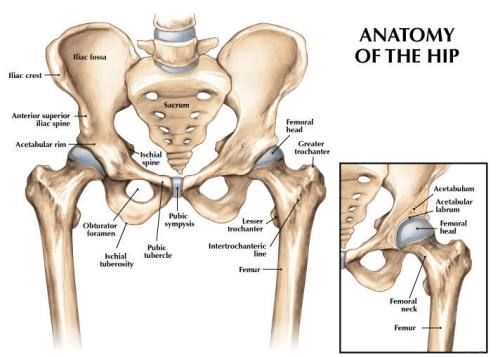
Your hip joints are where your thigh bones (femur) meet your pelvis. They are ball and socket joints. These joints can move in a variety of ways – relative to your pelvis your thigh bone can move forward and back (flexion and extension), out to the side or in towards your midline (abduction and adduction), or it can rotate in either direction (internal and external rotation). That’s a lot of movement!
Sometimes these joints don’t move well and instead of moving our hips, we move our spine instead (see in the image how the spine is the other body part that connects with the pelvis?). This lack of movement in the hips can happen for a number of reasons, including the mechanics of the joint capsule itself. But many of us have limited motor control over the motions of the hip because we simply don’t use all the ranges of motion often, and our nervous system has forgotten some of the ways in which the hips are able to move. Sometimes in this situation we have the sensation that the muscles around the hips are tight.
So what do we do? We go to yoga. Most modern yoga classes are synonymous with the terms “hip opening” or “hip openers”. When I survey my clients about why they are coming to my classes I often get answers similar to: “to stretch my hips”; “to open my hips”. Often these are people experiencing discomfort and the belief is that “tight” muscles need to be stretched in order to relieve pain and increase flexibility or range of motion. Hmmm.
My preference is to offer hip “strengthening” exercises. Yep, you heard that right. Forget hip openers, I go straight for strength. And since the hip muscles are so “tight” hip strength work must be super easy right? Well, no. Tight ≠ strong. Most of us are not using our hips as much as we could be and although we might feel “tight”, we generally have a lot of weakness in the hip region. And strength and mobility, despite popular opinion, are not opposites. I prefer the term mobility over flexibility because mobility refers to having control over the range of motion (strength at all ranges of motion) rather than flexibility which can be passive. So I favour strengthening the hips and using them in all their ranges of motion.
There is one muscle in particular that often is low in capacity in many people. The muscle I’m talking about is the psoas (pronounced so-as) muscle. Psoas major to be specific. And psoas muscles plural because you have one on each side. And just to be clear, there is no such muscle as an “iliopsoas” muscle.
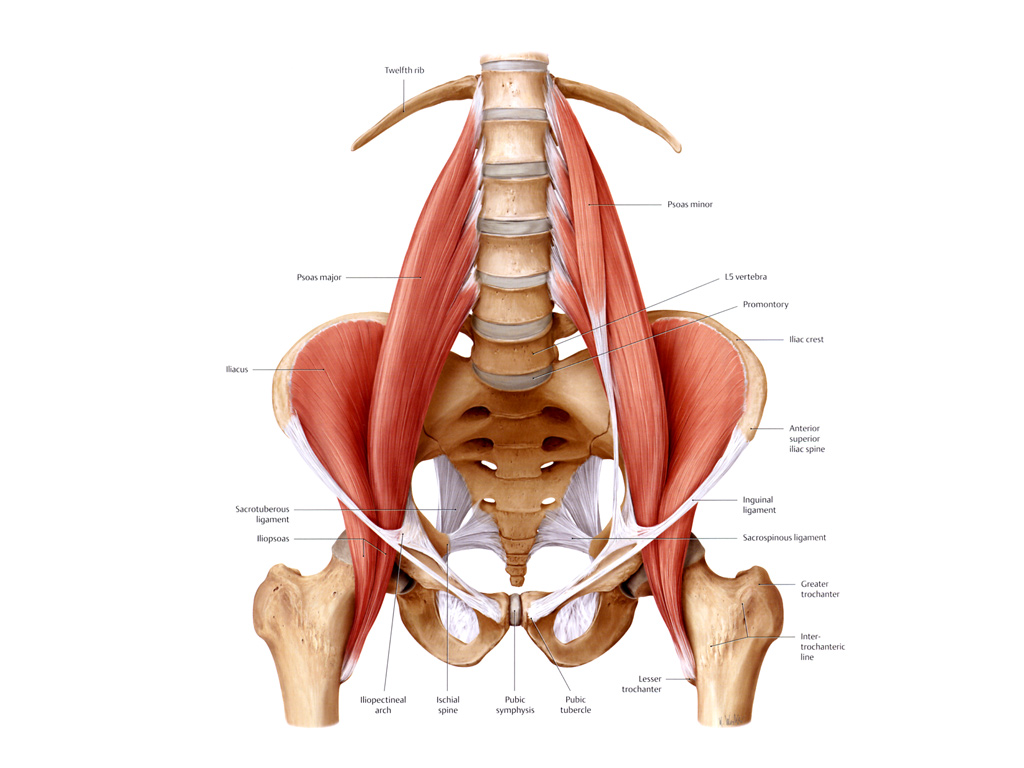
The psoas muscles are passively in a short position whenever you are sitting in a chair. They are also connected with our emotions, stress, and trauma as they are intimately linked to our “fight or flight or freeze” response. They are the perfect example of the mind-body connection. If you want to read more about this you can check out my older blog post, Ode to the Psoas.
So when the psoas muscles are limited in capacity we might experience lower ranges of motion of the hip that could be accessible to us. There are some common postures that provide clues to what might be happening in your psoas. While there is no such thing as a “bad posture” (all body positions are useful), some habitual postures can shed light on how we move and what ranges of motion we have accessible to us and have control over. Check out my video below on some common postures that indicate your psoas muscles might need some training.
Most of the time the psoas muscles need to let go of tension before they can be strengthened along with the other muscles around the hip. Here is one of my favourite positions for releasing the psoas.
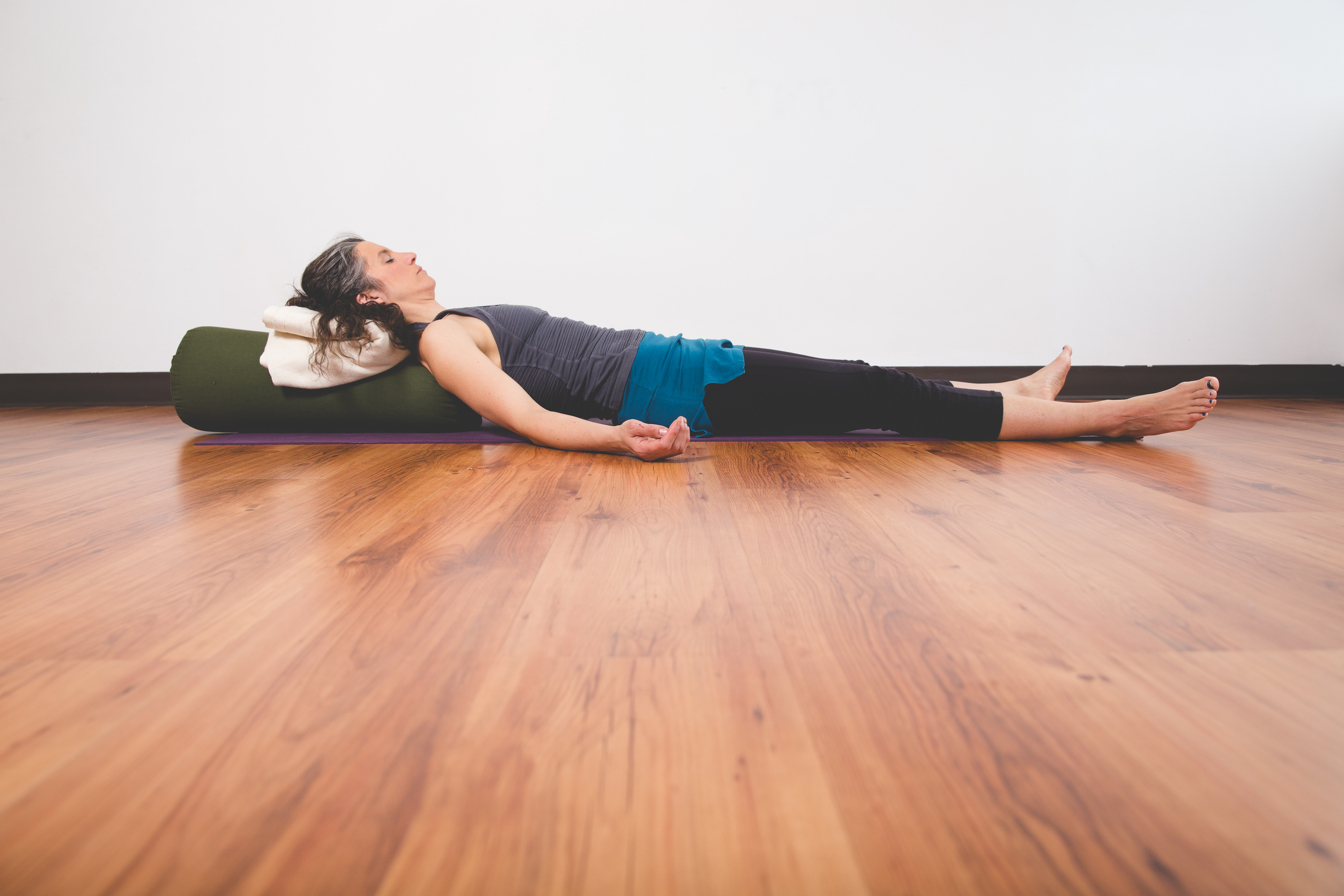
And for releasing the iliacus and hip flexors this one:
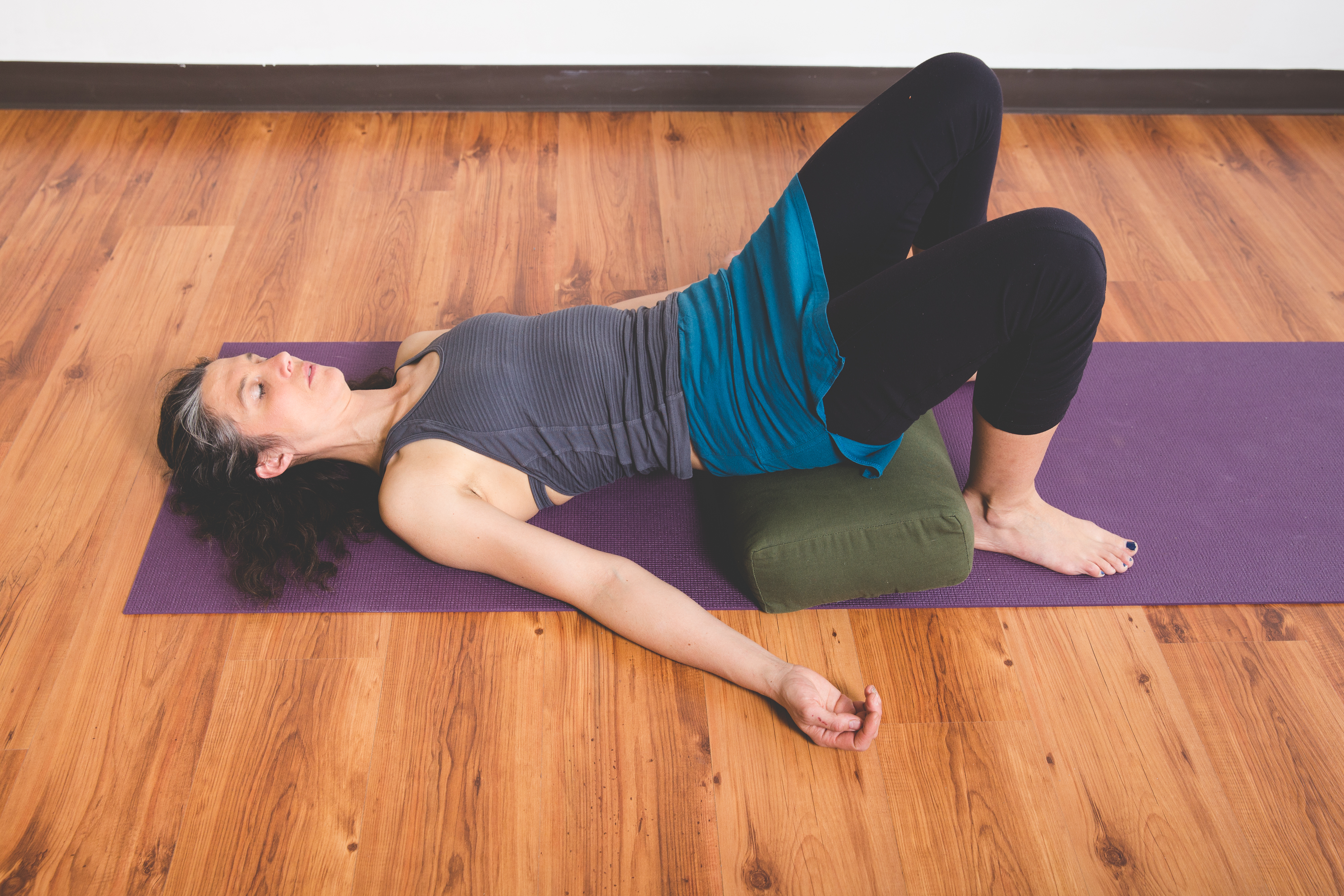
We also need to learn how to strengthen the psoas as well as activate the other muscles of the hips, including the glutes and hamstrings. Here is my new favourite way to strengthen my glutes and hamstrings. Try it out and let me know what you discover. Have you been passively coming into forward folds without giving your hamstrings a little strength test?
If this article resonated for you you might want to check out my Psoas (Happy Hips) Workshop on Feb 24. I’ve updated it to include more movement for all the hip muscles.


